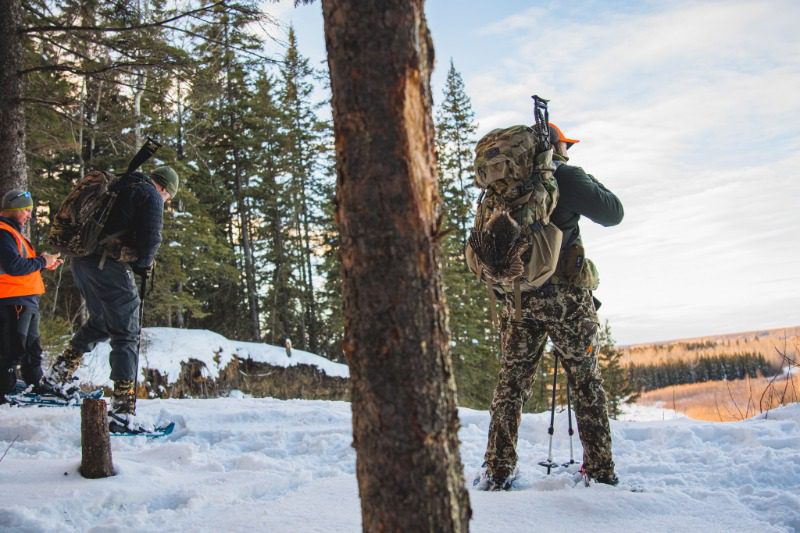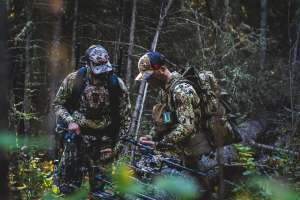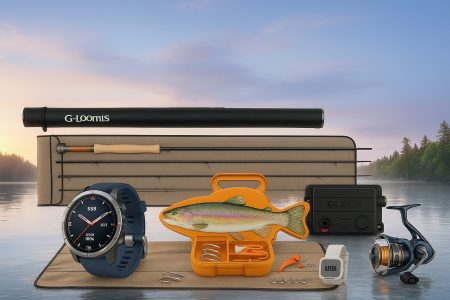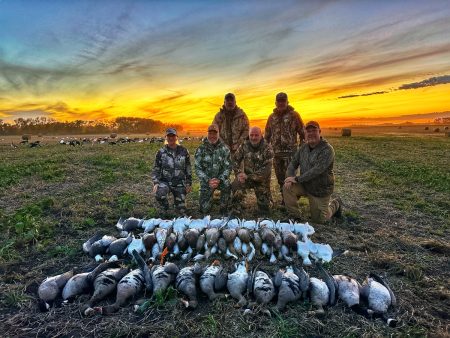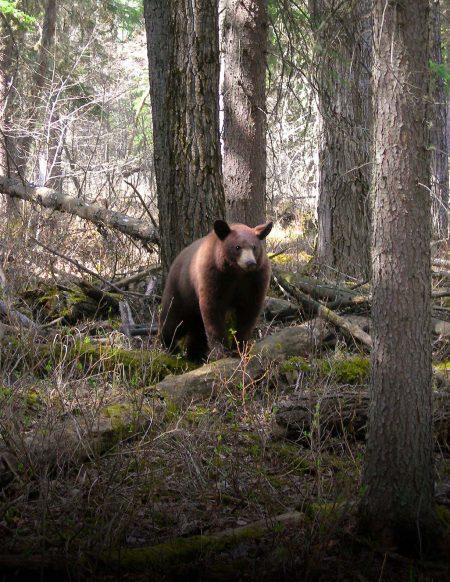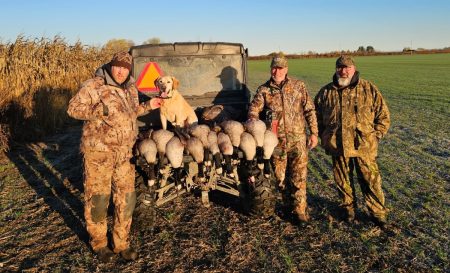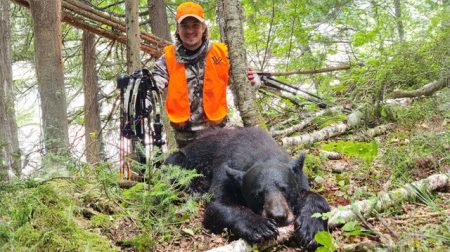When I heard the term “Adult-Onset Hunter” (AOH) for the first time, it sounded like I had caught some sort of disease…which to be honest, is kind of true.
What does it mean to be an AOH? It’s someone who’s learned how to hunt as an adult versus being raised as a lifelong hunter. The newbies. The flat brimmers. The ones asking seemingly silly questions on the online forums. The folks shooting a 6.5 Creedmoor (I still don’t get why this is funny, maybe because I’m still a newbie.)
All digs and misperceptions aside, the adult-onset hunter is usually self-taught, determined, stubborn, open-minded, eager to learn, and unphased by failure. These are traits that seem mandatory for success if you are crazy enough to try to learn to hunt at the ripe old age of 30. Before we talk about just how important this new subset of hunters is to the hunting industry, let’s build a more robust profile of who these folks are, in order to better understand how they are changing the game.
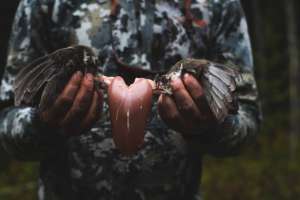
Lifestyle Reasoning
This new demographic group consists of men and women aged 20 and older who are taking up a lifestyle of self-sustenance for a variety of reasons.
- Some see value in learning where their food is coming from. They want to create a deeper connection to the food chain, more food security for their family and community, and develop an intricate connection to the land and their ancestors.
- Some hunted as kids, only to be separated from that heritage by moving to more urban environments and losing those skills.
- Some have married into hunting families and/or made friends with hunters.
- Some are just plain curious to learn a new skill set.
Whatever their reasons for joining the hunting community, you can pretty much guarantee that their decision was made with good intentions, and therefore, the hunting community should be (and I would argue has to be) welcoming them with open arms.
My Own Motivation
I fall under the “food” category of adult-onset hunter, even though I come from a hunting family. My Dad hunts, my Puppa hunted, my uncles hunted, and it wasn’t for lack of trying on their part to get me involved. But I was just too soft. I absolutely love animals, and as a kid, I couldn’t bring myself to pull the trigger.
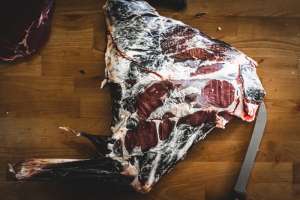
I missed a few deer on purpose on more than one occasion. In one instance back then, I accidentally shot a rabbit. The scream from that little dude, plus my dad making me skin it, was more than enough to detour me from hunting well into adulthood.
I’ve worked in food my whole life, and hospitality and kitchens are all I know. As I progressed in my career, I started questioning my role in the food industry—and specifically, my role regarding its sustainability. When you are producing food day in and day out you really start to view the mass production and consumption of it in a different way. You feel a responsibility to understand your footprint in the food chain and to take control of the things you can.
Back to the Farm
Nine years ago, my wife and I moved back to her family’s farm after our daughter was born. I can still remember the day that it all clicked for me. I was driving home from work after serving over 1200 people during an eight-hour shift. I started doing the math on the approximate number of steaks we served that night. I couldn’t help but question the sustainability of that number night after night after night. How do you have that many filets? What happens to the rest of the cow?
Our Meat Consumption
As these thoughts were consuming me, I began to question my own family’s meat consumption. Who were we purchasing our beef from? How were these animals living their lives? Am I feeding my daughter feedlot beef? As these thoughts regarding sustainability reeled in my head, and as the sun was setting outside the passenger side window, I saw the most majestic Whitetail buck I think I will ever see. He crested a hill with the sun setting behind him, steam wisping from his nostrils. All I could think was, “I’m going to eat you.”
The dots had finally connected. This sustainable resource was literally living in my backyard. I was determined that this was my opportunity to level the scales of the guilt I felt serving mass-produced meats. So, I set out on a journey of self-sustenance, and I haven’t looked back.
Steep Learning Curve
This upcoming season will be my eighth one, and I can tell you from experience that the learning curve in hunting has been steep. Throw in a tight-lipped community, a substantial time and financial barrier to entry, and perhaps the biggest barrier of all—pride—and you can’t help but have respect for the folks already in the know.
No one wants to be new at something and, in turn, bad at it. For some reason, this sense gets magnified the older we get. We settle into our comfort zones, and the more time that passes, the harder it is to get out and stretch ourselves beyond what we already know.
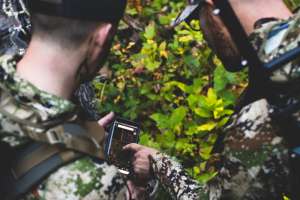
Most hunters are born into a hunting family, benefiting from generations of knowledge passed down and instilled at young ages. Values and ethics are ingrained, gear is inherited and passed on. Hunting spots are shared, and successes are discussed. But groups of new hunters don’t have these luxuries. They are learning as they go and making mistakes along the way. They’re stretching themselves farther than most of us will in a lifetime.
If I haven’t convinced you that the kids are all right yet, here are a few more things I think we newbies bring to the hunting community.
Collective Intelligence
New people fix old problems. The more diverse people we can have at the table, the better that is for the hunting community as a whole.
Think of some of the major advancements in the past 10 years in the hunting world: optics, bows, long-distance shooting, marketing, branding, gear innovation.
All of these have propelled hunting forward, and I firmly believe that fresh blood and outside opinion have helped fuel this progression.
Be it a hunter bugling out West, to one chasing bears in Maine, to the duck hunters of the South, you can bet on one thing with what I believe is about 91% certainty…these hunters are all white men. If the majority of hunters are white men over the age of 50, hunting will stay the same (or, it is more likely to fade away as that demographic ages out).
If we can attract new, diverse blood to the hunting community, the more growth we can see across the board. I’m not just referencing diversity in gender and race, but also differences in ideas, backgrounds, and experiences. That’s where the real magic in innovation happens.
Cha-Ching
Most new hunters are of middle- to upper-economic class, and that means some serious cash flow into the hunting industry. First, imagine your whole kit. Now imagine having to buy it all at once. A new rifle or bow, hunter education courses, tags, warm-weather gear, cold-weather gear, survival tools…the list goes on. That’s a serious cash injection not only for the industry but for conservation as a whole.
Willingly or unwillingly, new hunters support conservation. Whether it’s by direct funding of organizations through memberships and donations, or their buying and not filling tags, we newbies provide a nice cash injection each year. That means it’s imperative that hunters set the hook with kindness to and acceptance for this new group of hunters.
For decades, the number of hunters—who are mostly older, white males—has steadily dwindled. That’s led to a loss of conservation funding at wildlife agencies, which largely rely on license sales to support their budgets.
A Massive Spike
Now, unexpectedly, officials in nearly every state and province are reporting a moderate-to-massive spike in hunting since 2020. Why? Covid provides the answer.
Slowing the world down was all we needed to attract a whole new group of outdoors person. (Thank you, Covid, for that.) Record numbers of hunting licenses were sold during the Covid pandemic years. That came about from people having a lot of free time as well as a spotlight shining on the fragility of our food system.
Still, with the increase in new hunters, there was chatter from the “old guard” about their spots being too busy, newbies ruining hunting topics on social media, and so on.
Well, here’s some food for thought. Habitat, research and wildlife law enforcement work are all paid for by hunters. That commerce helps hunted species, as well as countless non-hunted species, too.
Here are some of the economics:
- Hunters pay $796 million a year for conservation programs through state licenses and fees (per The Rocky Mountain Elk Foundation).
- Hunters’ donations to conservation groups graciously adds $440 million a year to conservation efforts.
- In 1937, hunters themselves requested an 11% tax on guns, ammo, bows and arrows to help fund conservation. That tax generates $371 million a year for conservation. To date, that tax has raised more than $8 billion for wildlife conservation.
- It’s estimated that combined, hunters pay more than $1.6 billion a year for conservation
- S. sportsmen contribute $8 million to conservation each day.
- Hunting funds the economy as well as conservation efforts by generating an estimated $38 billion a year in retail spending.
That’s a lot of dough! I’d say that the more people contributing to saving the thing we all love, the better.
New Life
The rising popularity of shows like Meat Eater and others have breathed new life into the hunting industry. We’ve seen our first uptick in new hunters since the 1980s, and it’s important to keep this momentum going. When people are watching you, it’s important to represent…and new hunters do a great job of public relations for the industry as a whole.
Let’s face it, the hunting industry needed a public relations makeover. Negative perceptions…like ‘em or leave ‘em….do exist. Not only do they exist, but they also guide popular opinion.
Elmer Fudd bumbling through the forest. The killers of Bambi’s parents. The list goes on, and as a whole, hunters have had a rough go in the public eye. The more positive perceptions we can create, the better.
There is something about the lens through which new hunters experience the outdoors that paints a more whimsical picture. Those sunsets seem brighter and bigger. All of these “firsts” are that much more magical. During a time when our industry seems under attack, a new profile of a hunter may be more important than ever.
Secondly, think about where this new subset of hunter is primarily derived. Yup, city folk. And where do hunters have the worst perception? You guessed it: urban centers. The more city folk we can have who want to learn about, appreciate, and contribute to our hunting way of life, the better. That’s where appreciation is born.
That’s why I also started writing about and photographing my hunting experiences. I wanted to tell the stories I hadn’t heard before I first got into this. I wanted to write about the work that goes into it, the sense of pride one should feel after harvesting an animal. The views—Oh man, the views!
If someone would have told me about the things I was missing, I might have stuck it out with my old man (You may also like Going Hunting With Dad: Introducing Daughters to the Hunt) when I was a soft little boy. So, the next time a “newbie” or “flat brimmer” asks a silly question or maybe doesn’t follow proper hunting etiquette, think about what they are bringing to the table. And, maybe, lend a hand up instead of tearing them down.
Per our affiliate disclosure, we may earn revenue from the products available on this page. To learn more about how we test gear, click here.






